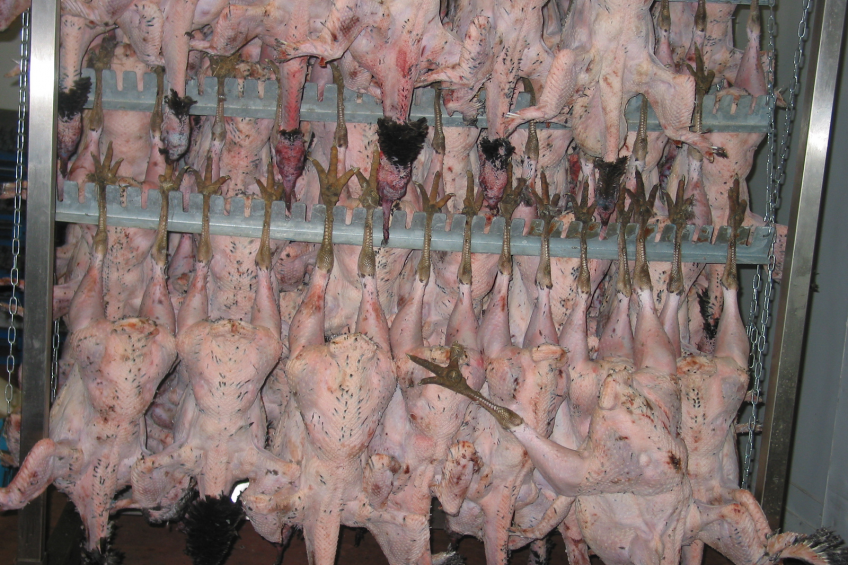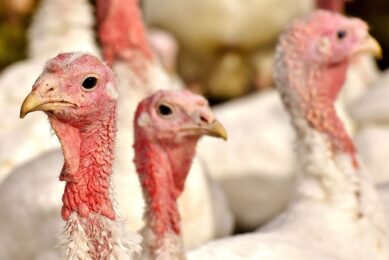Effects of curing methods on turkey quality traits

In meat preservation salts are incorporated for its antimicrobial and flavour-enhancing effects. Certain salts were noticed to impart a particular flavour and colour to meat, perhaps due to impurities in the salt sourced from seawater or mines. One impurity of note was potassium nitrate, and due to its desirable safety and quality traits its use was encouraged in cured meats.
Nitrate from natural sources is converted to nitrite by bacteria with nitrate reductase enzymes, otherwise no cured meat characteristics will develop. The advantages of direct addition of nitrite however were demonstrated and these led to the direct addition of nitrite to meat products.
Nowadays the use of nitrite in cured meat products has been criticised for various reasons and therefore, traditionally cured products are to be made without conventional curing. Celery and leafy vegetables such as Swiss chard, spinach, broccoli, and lettuce are rich sources of nitrate and may serve as alternative sources of nitrate for meat curing. Celery has advantages over other vegetables by causing less off- flavours and colours.
Alternatively cured deli-style turkey breast
As the nitrite concentration is critical and inclusion in formulas should be standardised, a pre-converted celery juice powder with fixed nitrite amounts was tested into formulas similar to those used for conventional curing. The physicochemical and sensory attributes of conventionally and alternatively cured deli-style turkey breast formulated with equivalent ingoing concentrations of sodium nitrite were examined. Deli-style turkey breast cured with pre-converted celery juice powder or sodium nitrite was manufactured with ingoing sodium nitrite concentrations or equivalent of 0 to 200 ppm. Initial levels of cured and total meat pigment, salt, and water activity were measured; colour, pH, and residual nitrite were measured between days 0-42 of storage.
Inclusion of ingoing nitrite from celery powder should be limited
Untrained panellists evaluated sensory traits. Less ingoing nitrite and increased storage resulted in less (P ≤ 0.05) residual nitrite in products. Sensory results showed that products made with 200 ppm nitrite from celery powder were less acceptable. Overall, products were similar for several traits, but the inclusion of ingoing nitrite from celery powder should be limited to 100 ppm nitrite (0.46% addition) for acceptable deli-style turkey breast.
A. L. Redfield and G. A. Sullivan, Poultry Science
.












